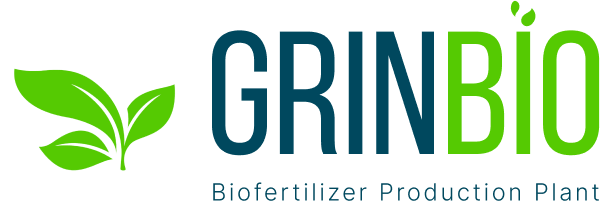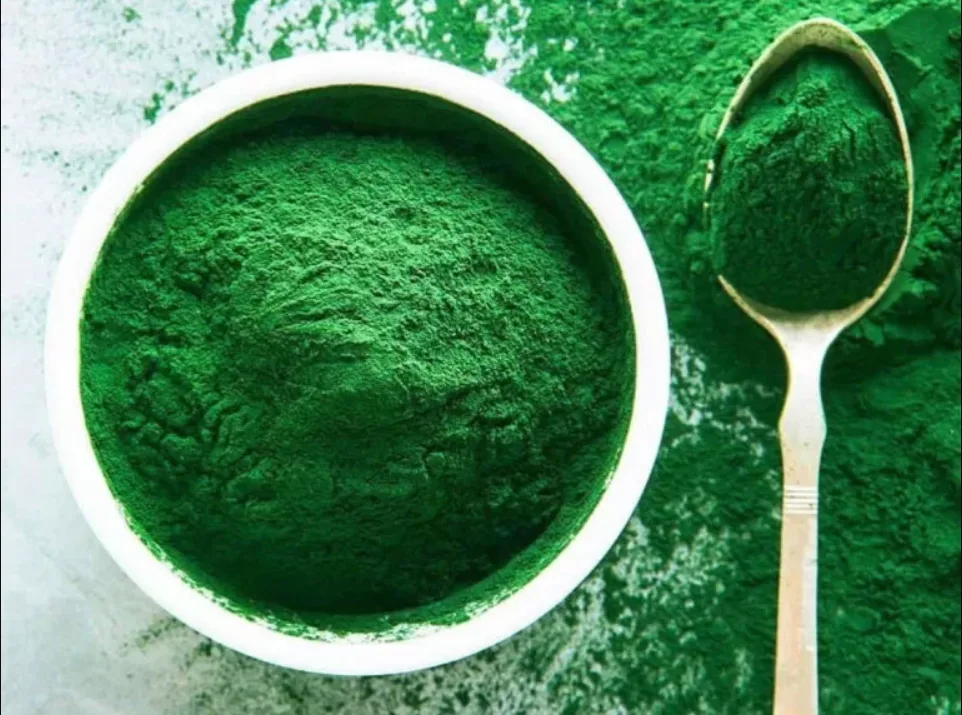
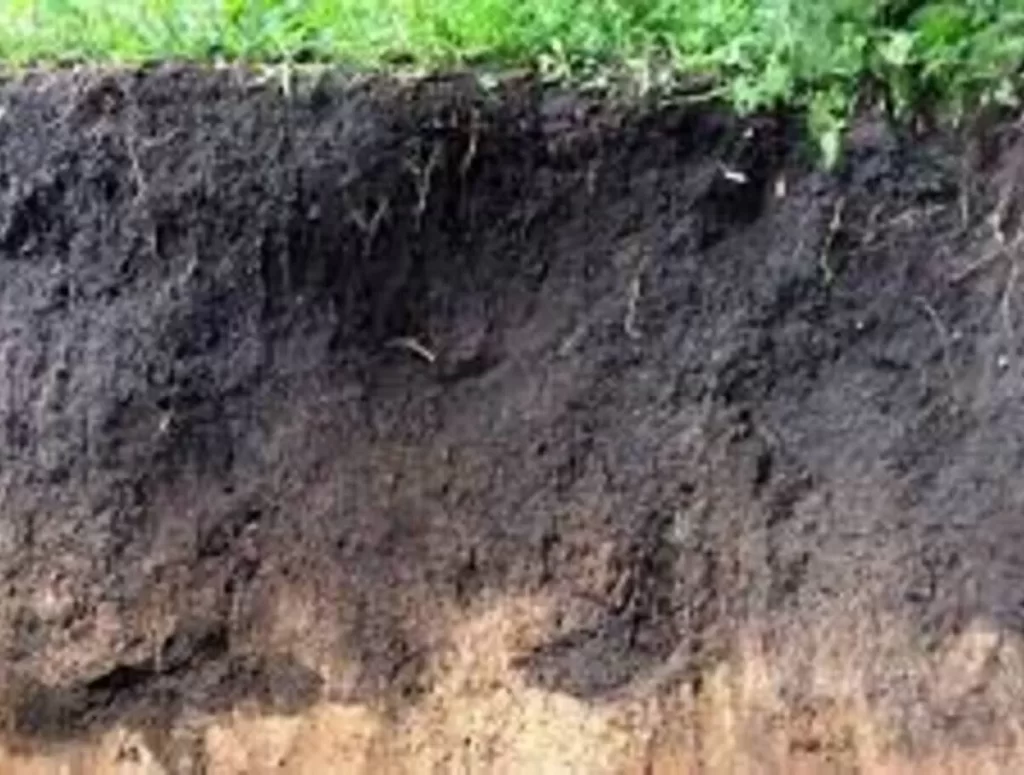

Our company has conducted numerous experiments and studies on various types of material suitable for the production of mineral, complex fertilizers.
We used:
• ordinary soil, peat, manure, sewage sludge, bird/chicken droppings, brown coal, sapropel, lignin, river or sea silt, seaweed, crushed stone, granite, stone, solid minerals, sludge after processing in biogas plants.
GRINBIO-1000 fertilizers have the following advantages:
• Contain a full range of nutrients necessary for plants.
• Fertilizers, natural, biological, complex, mineral from ordinary soil and water!
• Completely biologically clean.
• 100% Safe for the environment.
• Easy to manufacture.
• Almost free!
• Availability of raw materials right under your feet, any field is an unlimited raw material base!
• Mobility and ease of management!
According to the State Report on the state and use of land in Ukraine, our land is rapidly degrading. 30 million hectares of productive land have been lost over the past 15 years. The damage from their loss amounts to 5.5 trillion dollars.
Soil degradation is not just an economic problem, it is a threat to national security.
The government is aware of the problem and is taking steps:
A special targeted Program on preservation and restoration of soil fertility is being developed and implemented.
Improving land fertility is the key to intensifying farming, increasing crop yields and improving the environment.
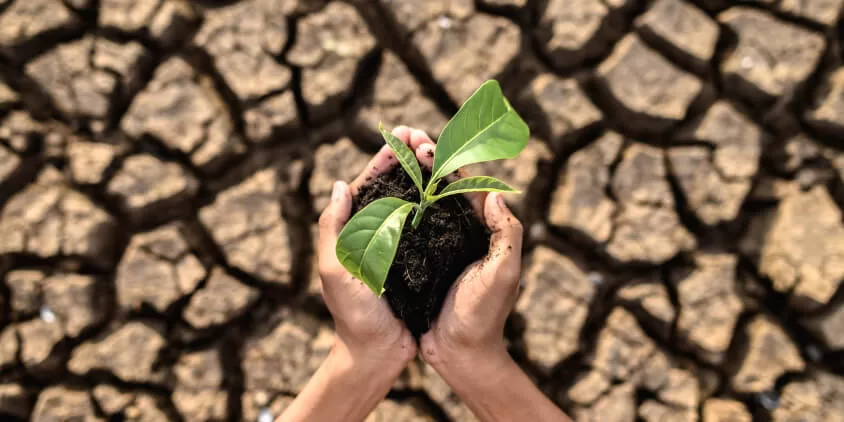
What can we do?
Move to modern farming systems, such as no-till.
Efficiently use bio fertilizers and ameliorants.
Carry out melioration, land improvement and anti-erosion measures.
Develop agroforestry and phytomelioration.
Develop Bio agriculture using simple solutions.
Save our lands – save our future!
Together we can:
Stop soil degradation.
Restore soil fertility.
Make our agriculture more efficient and eco-friendly.
Join us!
Peat and simple earth - the key to fertility: how to “activate” it with electrohydraulic technology?
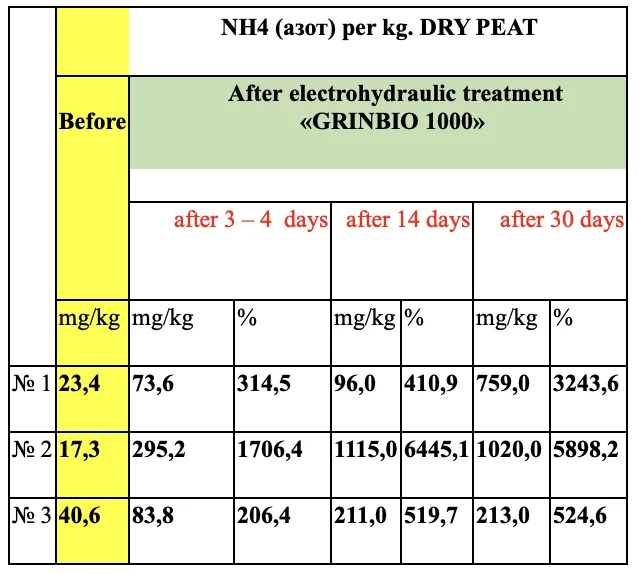
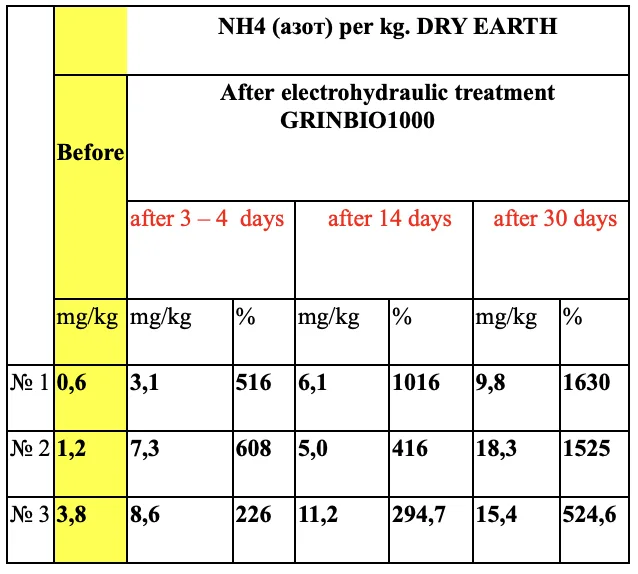
Modern agriculture requires new solutions, which we have found.
Production of natural bio fertilizers from simple soil.
Efficient use of fertilizers such as peat, processed in our GRINBIO-1000 installation, to increase the potential of mineral content several times.
Land reclamation and rehabilitation, thanks to the simple processing of GRINBIO-1000.
The program for improving agricultural land offers:
Application of organic fertilizers, microfertilizers, peat and sapropel after processing with GRINBIO-1000.
Why peat?
Availability and volumes of reserves.
Solves the problems of biologization and greening of agriculture.
Contains humic and fulvic acids, bitumen, cellulose, lignin, microelements.
Increases soil fertility.
Problem:
Pure peat is not effective!!!
High application rates are required.
Economically unprofitable.
It takes a long time to be absorbed plants
Solution:
“Activate” peat, converting it into a form easily accessible to plants.
Activation method:
GRINBIO-1000. Electrohydraulic technology: Simple, cheap, effective.
Increases the minerals, micro and macroelements contained in it several times.
Increasing the nitrogen content in irrigation water by 200-300 times, creating natural nitrogen fertilizers!
How it works:
A high-voltage spark discharge in a liquid medium destroys the cellulose and lignin membrane of an organic cell, which leads to:
Release of useful substances.
Crushing everything to a state of colloidal particles, which leads to 100% absorption of minerals by plants!
Electrohydraulic technology – the key to “activating” peat!
Use it to:
Increase soil fertility.
Make agriculture more efficient and environmentally friendly.
Save our lands.
Electrohydraulic processing of peat: nanotechnology for fertility
New technology:
Industrial installation for electrohydraulic processing of peat GRINBIO 1000
Obtaining:
High-quality organic fertilizer.
Mass for seed pelleting.
Highly dispersed peat assy (to protect peat from blowing out).
Advantages of electrohydraulically processed peat:
Use as an organic fertilizer.
Replacement of some mineral fertilizers. Creation of new composite compositions of biofertilizers.
Application in liquid form (does not require plowing).
Use in microbiological, fermentation and feed industries.
High content of microelements.
Easy absorption by plants.
Increase in soluble nitrogen compounds.
Preservation of properties during storage.
Nanotechnology in action:
The content of particles less than 150 microns reaches up to 80–90%.
The processing method can be classified as nanotechnology.
Research results:
Increase in the mass content of ammonia nitrogen by 1.4–4.5 times.
Increase in water-soluble organic matter by 1.5–5 times.
Hydrolytic deamination of free acids.
Increase in the content of soluble nitrogen compounds by 5–10 times on the 10th–15th day of storage.
